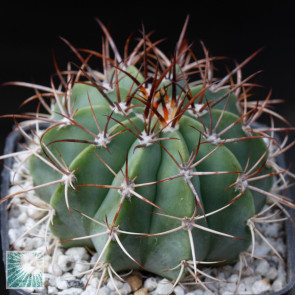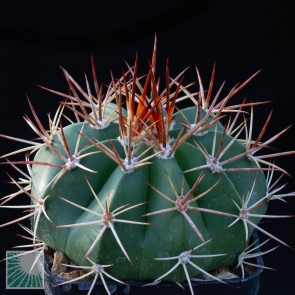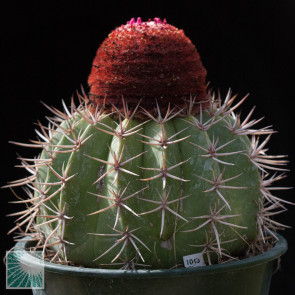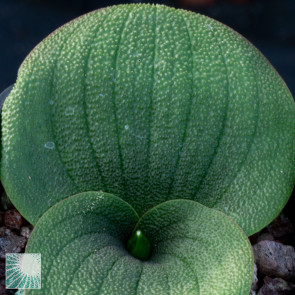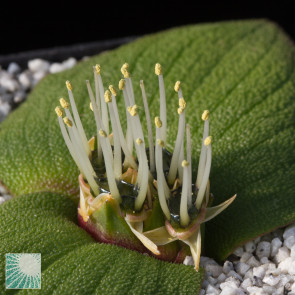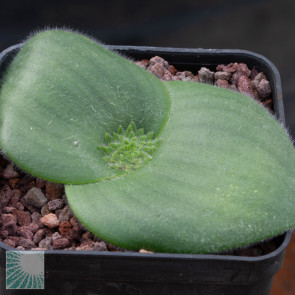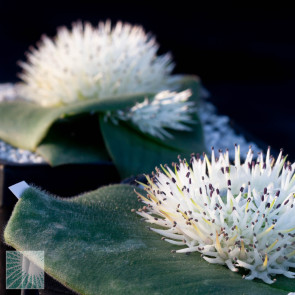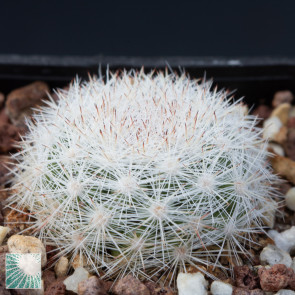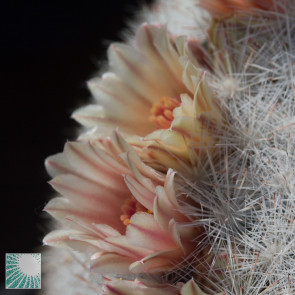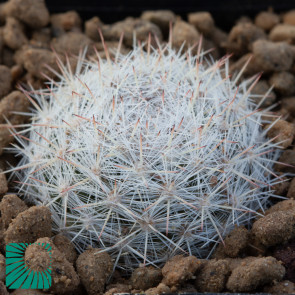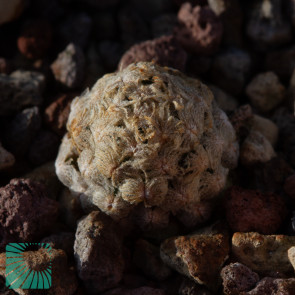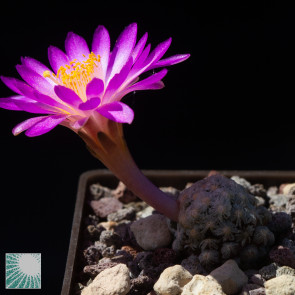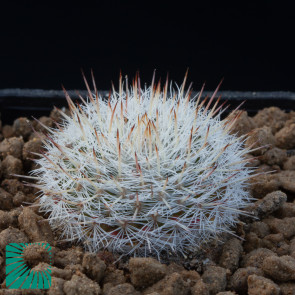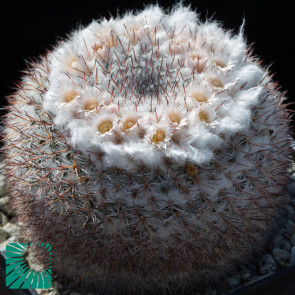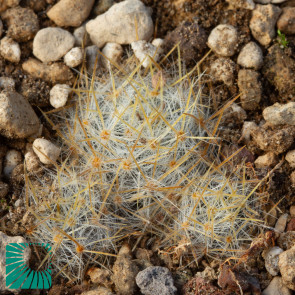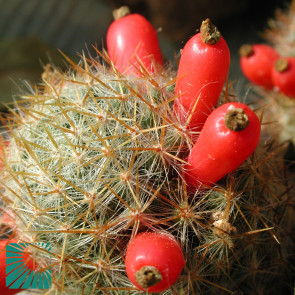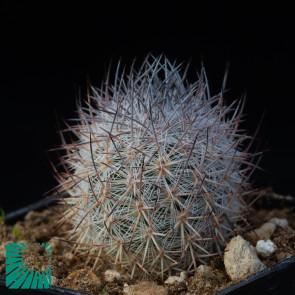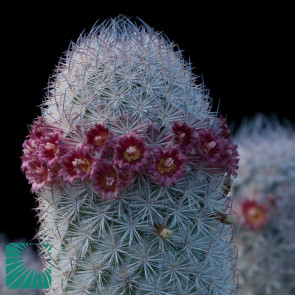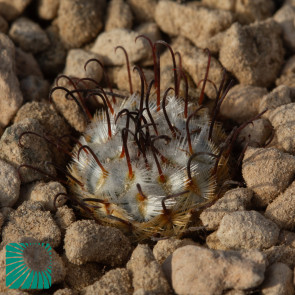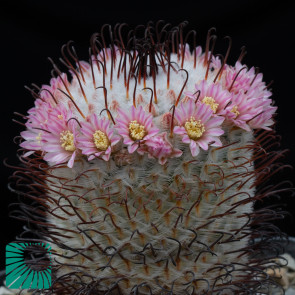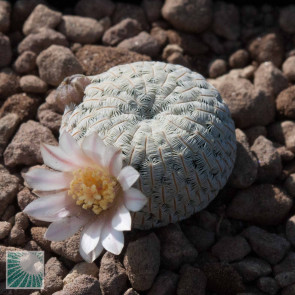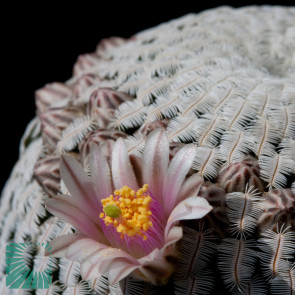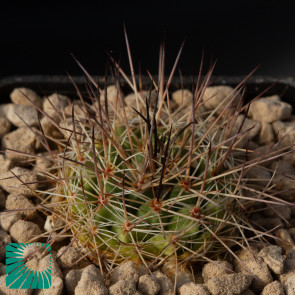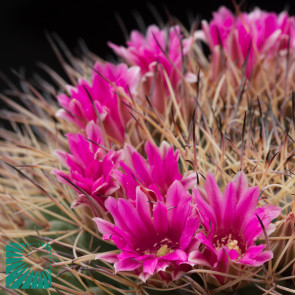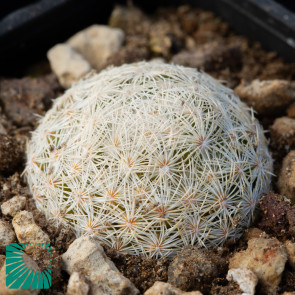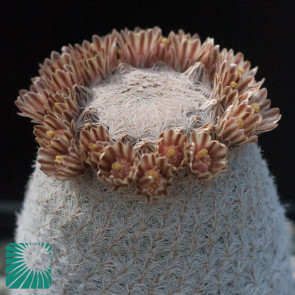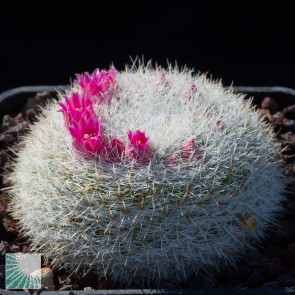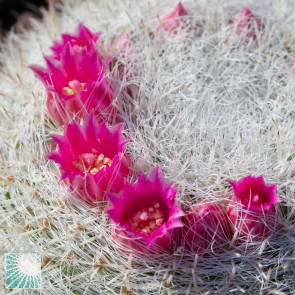You have no items in your shopping cart.
Plants
This section of the shop is dedicated to those products of which more specimens are available for purchase. For this reason, the photograph associated with each one is only an example and not an exact sale item, even if it is usually a specimen selected from those offered, or images of the mother plants from which it derives, and in this case the caption on the image specifies that it is just an example. These images therefore faithfully represent what the customer buys.
In addition to the photographic image, each species is accompanied by a short description of its salient features. We did not consider it necessary to insert the botanical description of each product, of which there are abundant references on the internet, as well as detailed information on its cultivation. This information, albeit of an indicative nature, will be provided on the pages dedicated to each single genus or category which can be accessed by selecting the navigation icons above this text.
-
Melocactus glaucescens
900m, Morro de Chapeu, Bahia, Brazil.
Blue-gray species, hence the name. It is a small-sized melocactus, delicate in cultivation, which requires minimum winter temperatures of 8-10 ° C. Learn More -
Melocactus curvispinus ssp. curvispinus
Species widespread from Mexico to Peru, easy to cultivate. Learn More -
Massonia pustulata
Swellendam, RSA.
Winter grower bulbous plant with a pair of leaves flattened to the ground that reaches 12-15 cm in diameter, adorned with papillae. Exposure to the sun determines a beautiful dark red-green color.
Flowers are curious; devoid of petals, they show the chalices full of nectar from which the long stamens emerge. Learn More -
Massonia hirsuta
North of Port Elizabeth, E.Cape, RSA.
African bulbous with winter growth, characteristic for the couple of large leaves flattened on the ground, among which a tight, sessile inflorescence appears, composed of dozens of small intensely perfumed ice-white flowers. During the summer it must be kept dry and sheltered in a shaded position. It resists well up to temperatures close to 0 °C. Learn More -
Mammilloydia candida
Jaumave, Tamaulipas, Mexico.
Interesting plant due to the spherical shape and the white color of the stem which lengthens briefly over the years. In nature, it loves to live in association with thorny shrubs under which it finds protection. Robust in cultivation, in winter it resists frost well if kept dry. Learn More -
Mammilloydia candida
Matehuala, SLP, Mexico.
Interesting plant due to the spherical shape and the white color of the stem which lengthens briefly over the years. In nature, it loves to live in association with thorny shrubs under which it finds protection. Robust in cultivation, in winter it resists frost well if kept dry. Learn More -
Mammillaria theresae
Among the dwarf mammillariae it is one of the most sought after, due to its sensational blooms and areoles with soft, radial spines, similar to small umbrellas. The stem is soft and generally does clump slightly with age. The fleshy roots require the use of deep pots and a certain caution with watering. It prefers mineral soils and resists frost well during the winter, if kept well dry. Learn More -
Mammillaria ritteriana
Ramos Arispe, Coah, Mexico.
interesting for the abundant fluff that appears between the tubercles near the crown of flowers, which are white or slightly pink and for the corpulent stem. Learn More -
Mammillaria prolifera
Sabinas, Hidalgo, Mexico.
very widespread since time immemorial, due to the ease with which it propagates by cutting the lateral branches. Interesting for the red fruits, long persistent, edible with a slightly sour taste. Learn More -
Mammillaria pottsii
Higueras, Coahuila, Mexico.
Easy to grow, it resists cold and calcareous soils well. It is interesting for its lead-colored thorns and its dense crown of small burgundy flowers. Generally single, sometimes branches abundantly at the base. Learn More -
Mammillaria perezdelarosae
interesting for the vitreous, combed radial spines and the single, hooked, black central one. The flowers are pink. Initially globular and solitary, the stem then briefly becomes cylindrical and branched. Growth is slow. Learn More -
Mammillaria pectinifera
Interesting species due to the short, combed spines. Of rather slow growth, it is first spherical and then briefly cylindrical in shape, generally solitary but occasionally producing one or more lateral branches. The flowers emerge from late winter to early spring and are whitish or pink in color. The fruits protrude only slightly between the thorns. The species is widely distributed but threatened with extinction. Learn More -
Mammillaria melanocentra
Ex D Cowper Coll. Saltillo, Mexico.
interesting for the globular, conspicuous stem and for the large pink flowers with darker streaks. Easy to grow. Learn More -
Mammillaria lasiacantha ssp. magallanii
Cerro Bola, Caoh., Mexico.
Interesting for the dense covering of needle-like, short spines that protect the plant from excessive sun. The flowers appear early, in the winter months. The stem is usually globular, solitary and never wider than 4-5 cm. It resists intense cold if well dried. Learn More -
Mammillaria klissingiana
Jaumave, Tamaulipas, Mexico.
In nature it grows on the edge of escarpments in poorly sunny positions, or among the rocks. Interesting for the spherical body covered with short white spines, among which the pink flowers emerge. Initially single, over the years it branches through lateral ramifications. Growth is quite slow. Learn More

